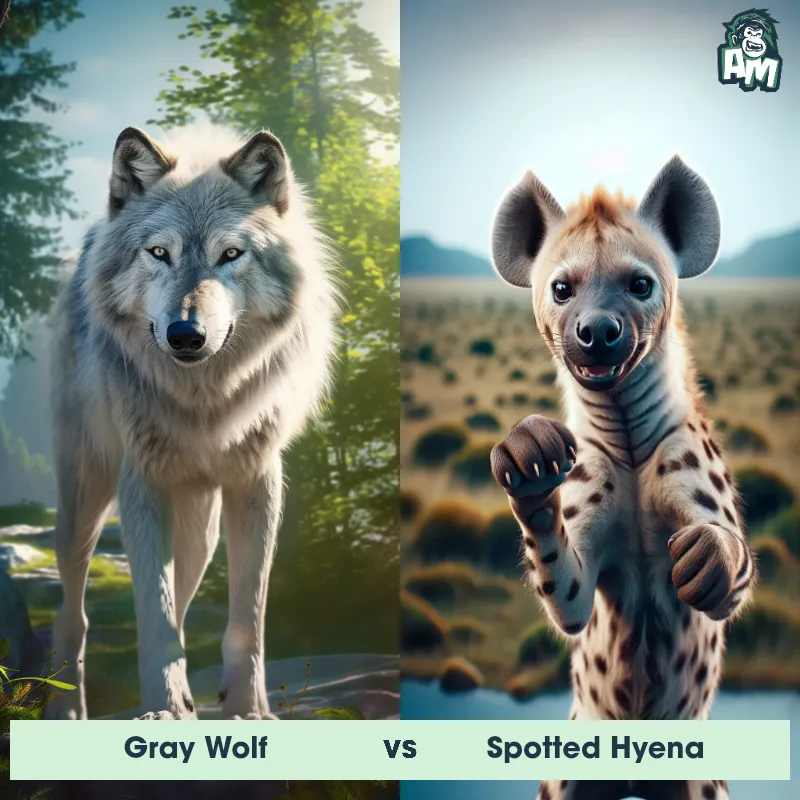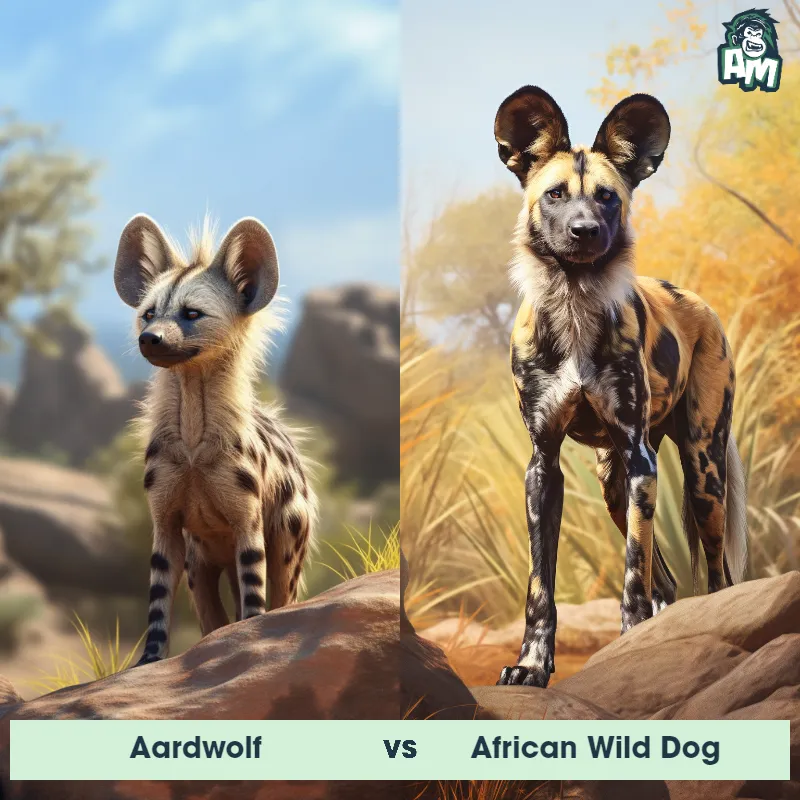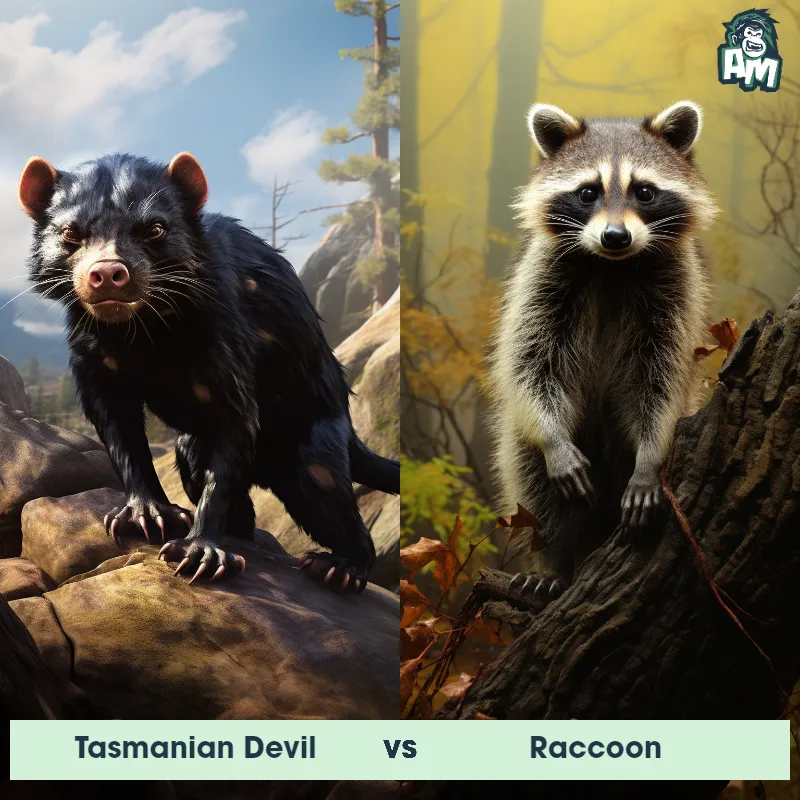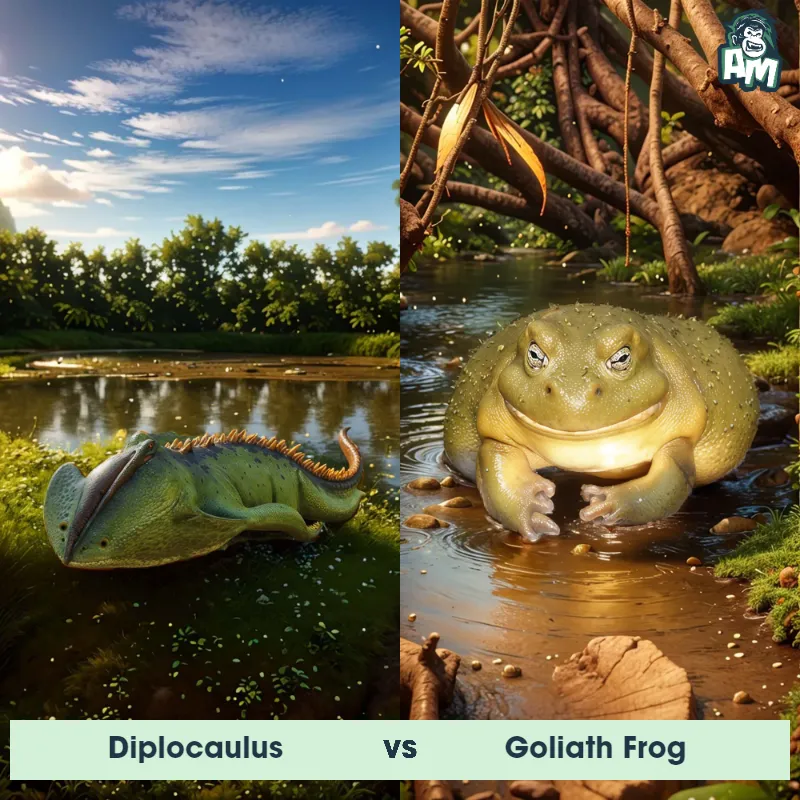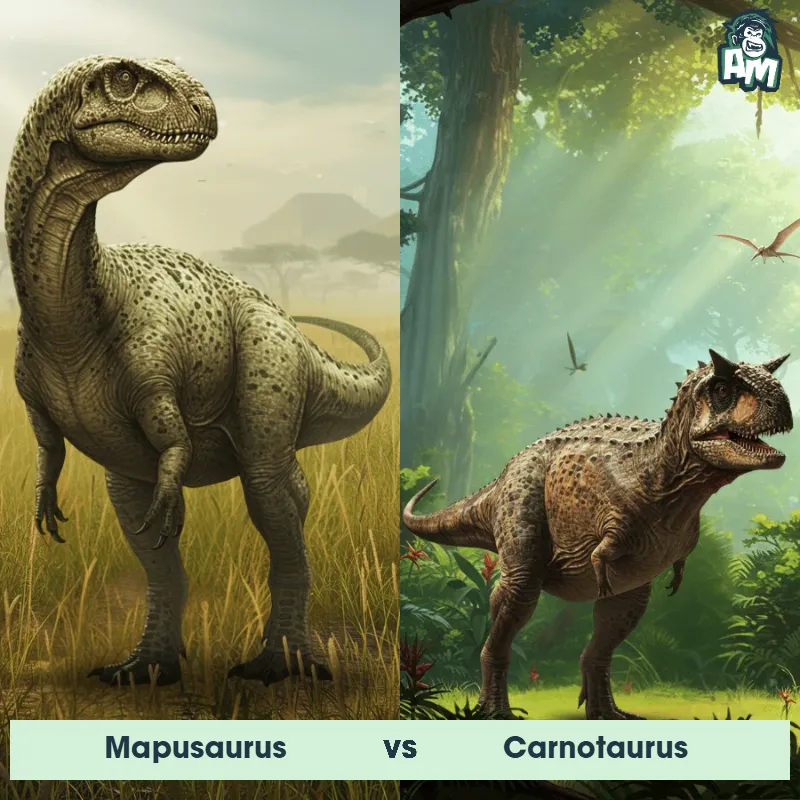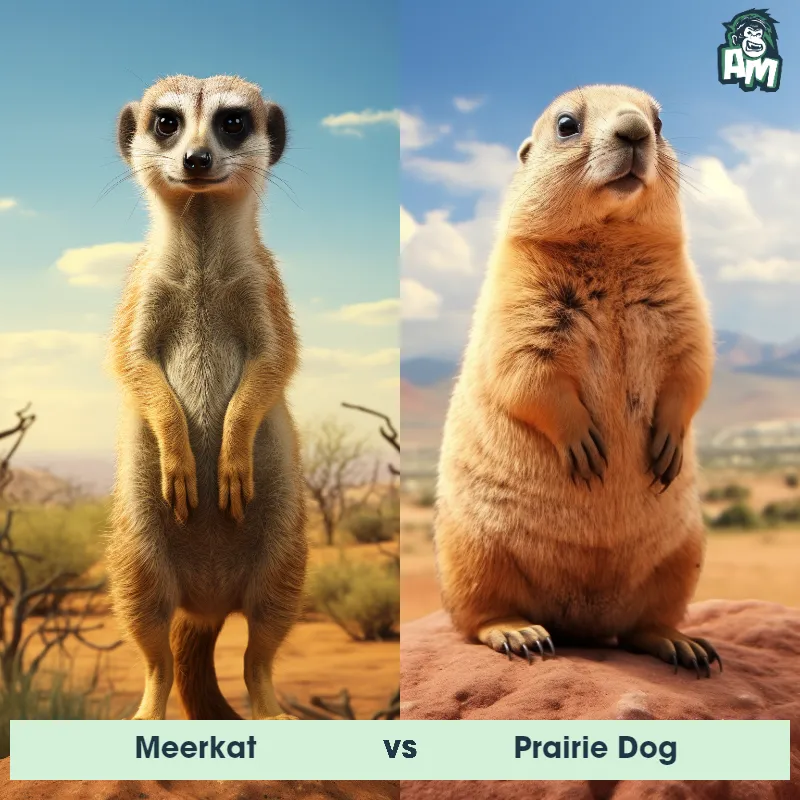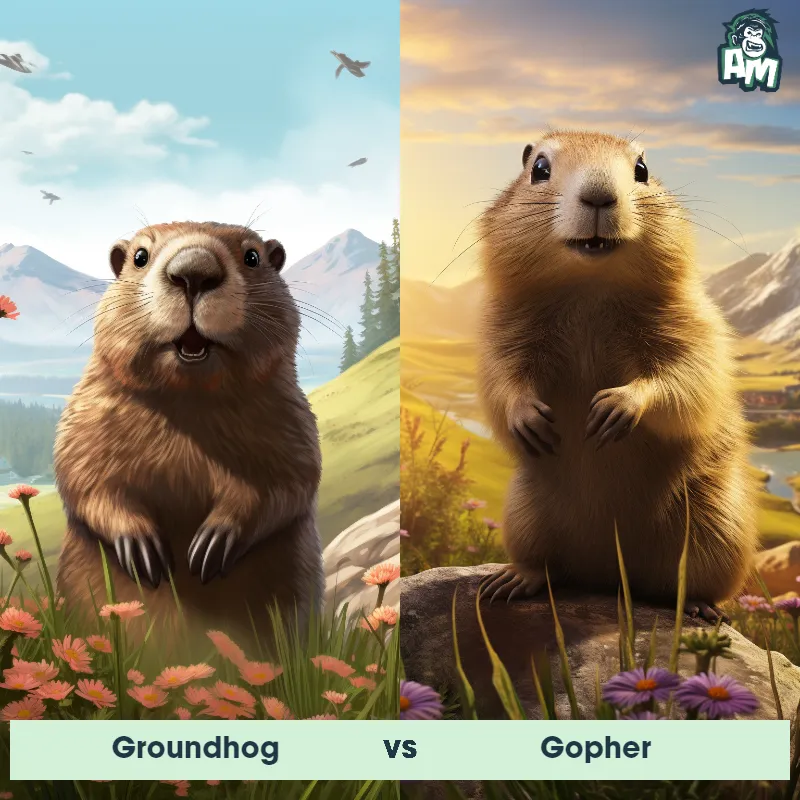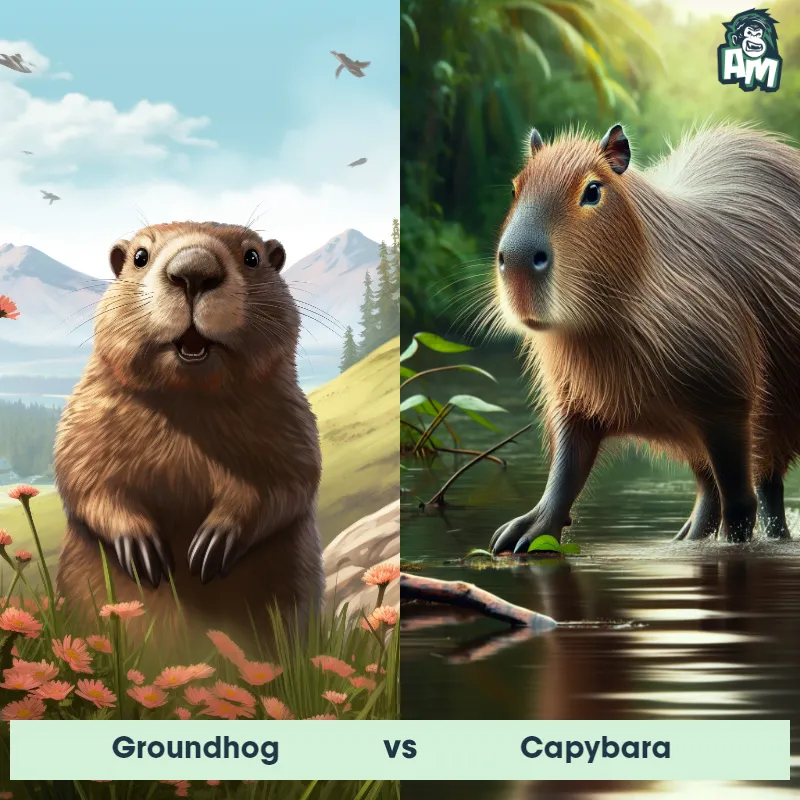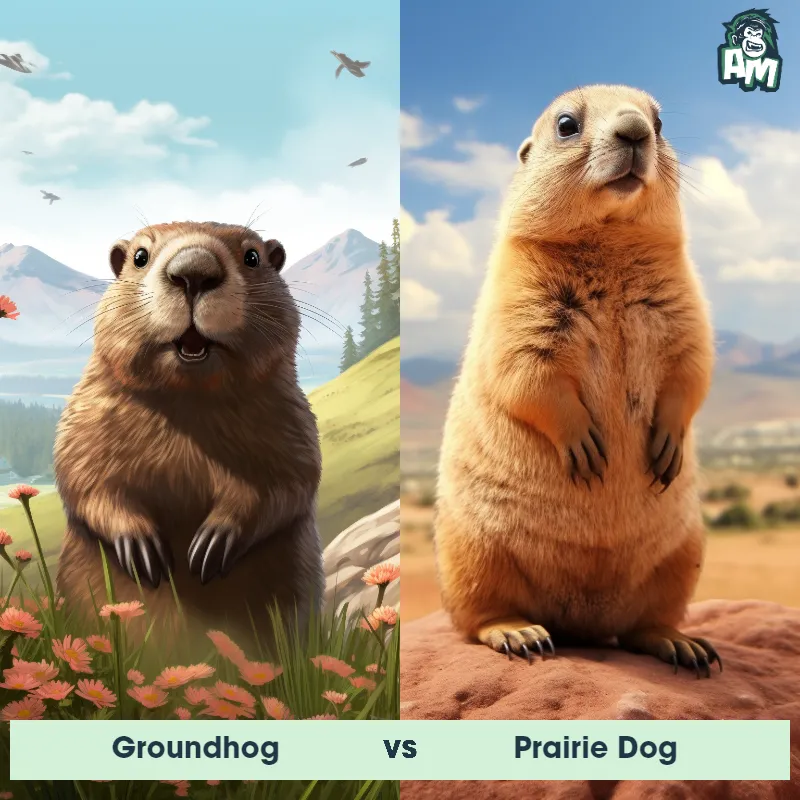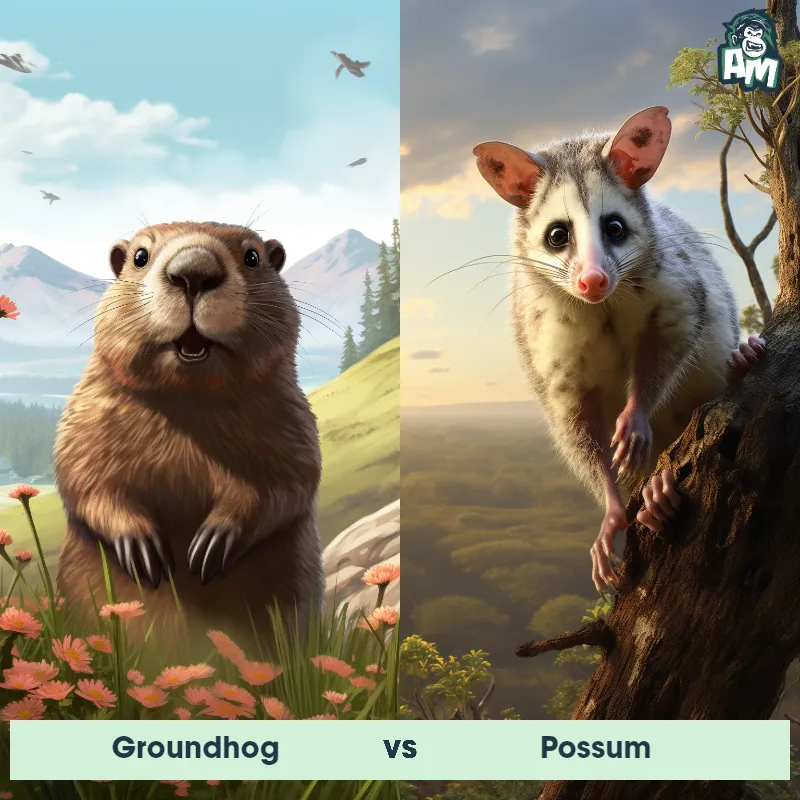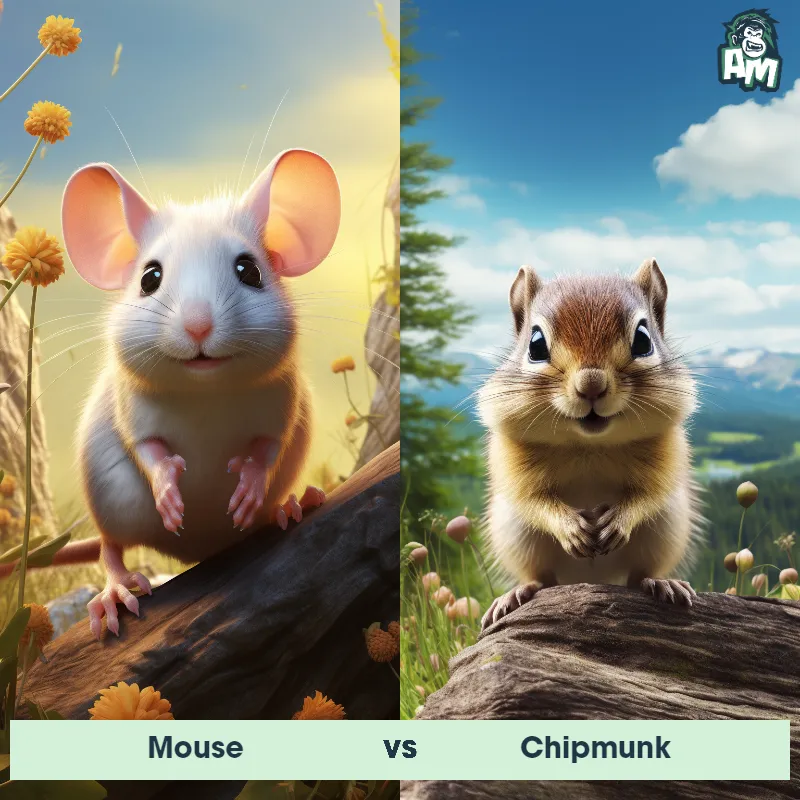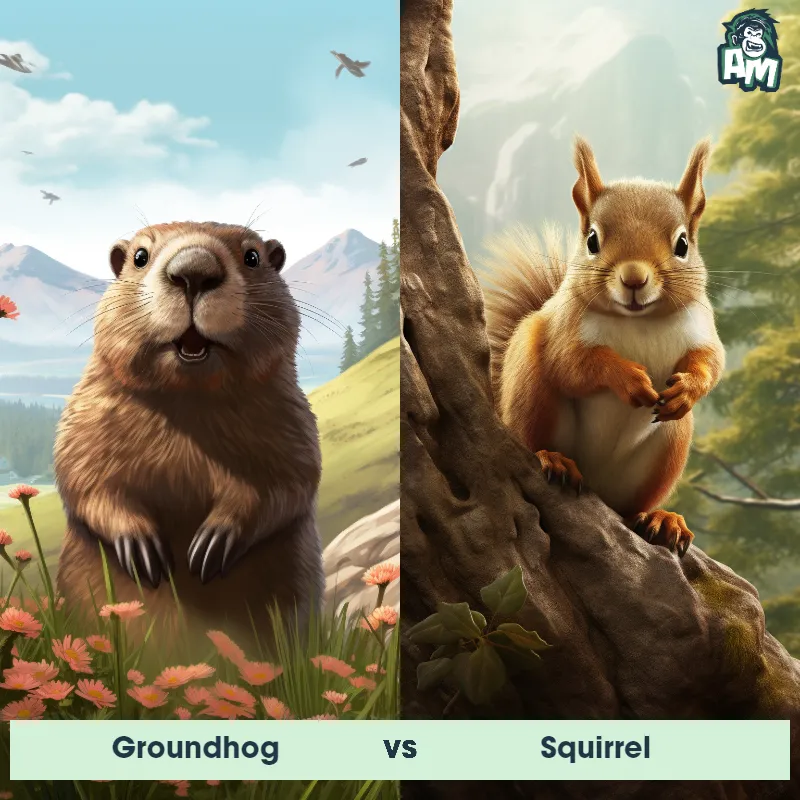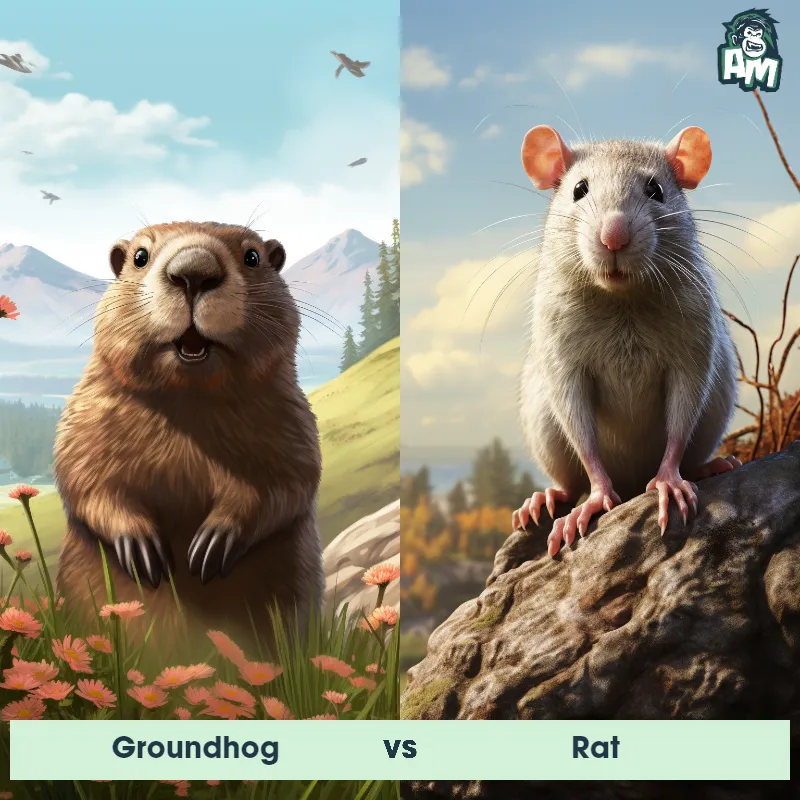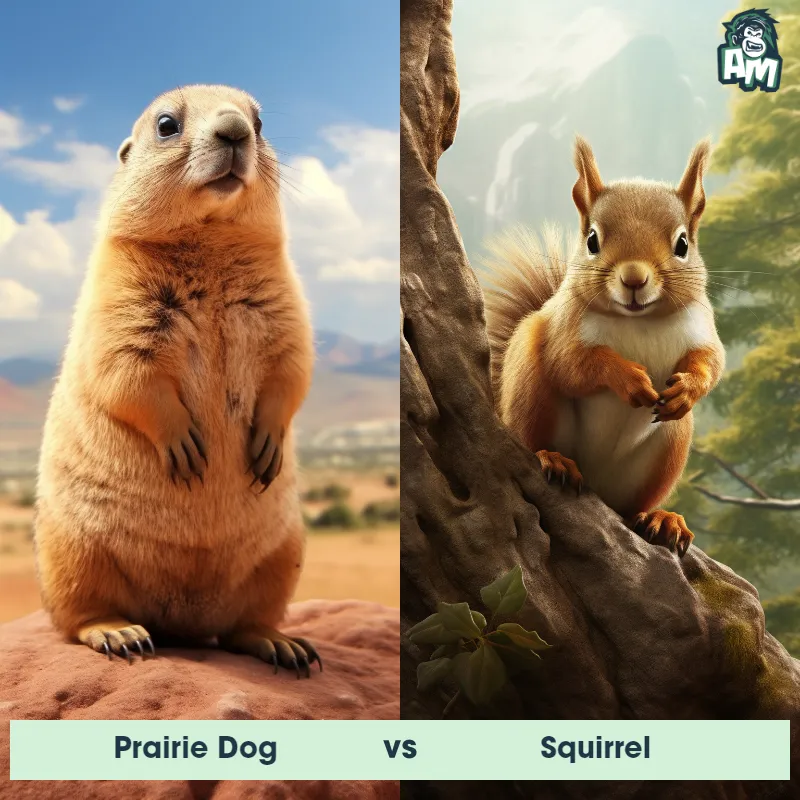Prairie Dog vs MarmotSee Who Wins

Good evening, ladies and gentlemen, and welcome to this thrilling matchup between two formidable opponents in the animal kingdom. We have a Prairie Dog going up against a Marmot in what promises to be an intense battle of agility, strategy, and strength. Both these animals are known for their burrowing skills, but tonight, they will showcase their aggressive side in this three-round fight. So without further ado, let's jump right into the action!
Contender 1: Prairie Dog
The prairie dog is a type of burrowing rodent native to the grasslands of North America. These small creatures have a stout body, a small head, and short legs, which are perfect for their lifestyle underground. They typically have a coat that ranges from brown to reddish in color. Prairie dogs are highly social animals, known to live in large colonies or 'towns' which can consist of hundreds or even thousands of individuals, and their intricate burrow systems can cover large areas.
Fun Fact: Prairie dogs have a complex communication system, using different sounds and calls to warn their colony about the approach of different types of predators.
Contender 2: Marmot
The Marmot, also known as a groundhog or woodchuck, is a medium-sized rodent belonging to the squirrel family. It is characterized by its stout body, short legs, and bushy tail. Marmots have a short, coarse fur that can vary in color from brown to gray, depending on the species. They are well adapted to an underground lifestyle, with strong claws for digging burrows that can be up to 30 feet long. Marmots are social animals, living in colonies that consist of complex tunnel systems with separate chambers for nesting and hibernating. They are herbivores, feeding primarily on grasses, leaves, and flowers.
Fun Fact: Marmots are excellent diggers and can move up to a ton of soil when constructing their burrows.
Matchup Stats
| Prairie Dog | Marmot | |
|---|---|---|
| Size | 12-16 inches (30-40 cm) | Up to 2 feet long (60 centimeters) |
| Weight | 1-3 lbs (0.45-1.36 kg) | Up to 13 pounds (6 kilograms) |
| Speed | 35mph (56km/h) | 20mph (32km/h) |
| Key Strength | Ability to burrow quickly to escape danger | Agility and ability to retreat into burrow |
| Biggest Weakness | Small size and lack of strong defensive capabilities | Relatively small size and lack of offensive weapons |
Current Votes
Prairie Dog vs Marmot
See Who Wins
View More Matches
Looking For More?
Similar Matches
Scientific Stats
| Prairie Dog | Marmot | |
|---|---|---|
| Scientific Name | Cynomys | Marmota |
| Family | Sciuridae | Sciuridae |
| Habitat | Grasslands | Mountains and meadows |
| Geography | North America | North America, Europe, Asia |
| Diet | Herbivore (Grasses, seeds, and occasionally insects) | Herbivorous, primarily grasses, leaves, and flowers |
| Lifespan | 3 years - 5 years | 6 years - 10 years |
Key Differences between Prairie Dog and Marmot
- Body Shape: Prairie Dogs have a slender and more elongated body shape, while Marmots have a stockier and more robust physique.
- Ears: Prairie Dogs have small, rounded ears that are positioned relatively closer to the top of their head, whereas Marmots have larger, more prominent ears that are set lower on the sides of their head.
- Size: The Prairie Dog is generally smaller, ranging from 12 to 16 inches in length, whereas the Marmot is larger, typically measuring between 20 to 30 inches in length.
- Fur Color: Prairie Dogs commonly exhibit a light brown to reddish-brown fur coloration, with some individuals having black markings, whereas Marmots have predominantly dark brown or grayish-brown fur, often with a lighter underbelly.
- Habitat: Prairie Dogs are primarily found in grasslands and prairies, creating extensive burrow systems, while Marmots inhabit alpine and subalpine areas, typically living in rocky mountainous regions.
- Tail: Prairie Dogs have relatively shorter tails, measuring around 2 to 4 inches in length, whereas Marmots possess longer tails, usually measuring between 7 to 9 inches in length.



